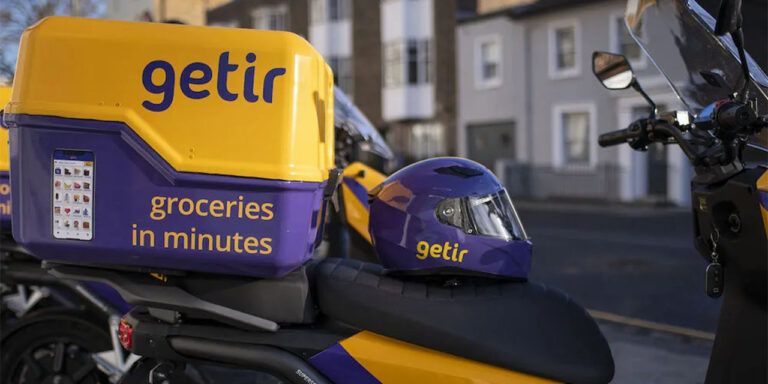Customer video: flaschenpost
Oct 16, 2025 • 3 minFlaschenpost, a leading German on-demand delivery service, has become a market leader in quick commerce, operating in more than 170 cities. Christopher Messina, Director of Supply Chain at Flaschenpost, explains their strategic decision to implement RELEX to optimize supply chain performance, achieve measurable improvements, and plan further expansion across their operations.
Transcript
My name is Christopher Messina. I’ve been with Flaschenpost since 2019, and am now responsible for all supply chain activities at Flaschenpost as an authorized signatory and Director of Supply Chain.
Flaschenpost was founded in 2016, originally with the aim of delivering drinks within 120 minutes. In 2019, we decided to diversify our business area. We are now a complete online supermarket. We deliver a week’s shopping in 120 minutes with all the items you can buy in a supermarket. Between 2019 and 2024, we scaled up this approach to 20,000 employees and more than 200,000 loading units per day. And we can actually serve 40% of German households with our logistics services.
We have a tech stack developed in-house. But we have also seen that there are areas where we cannot make any progress on our own. We have defined the strategy of focusing on our core competence. In other words, to map what we are particularly good at in our tech stack. And that’s exactly why we opted for RELEX, because we realized that we could use exactly what we needed with RELEX. And we can also integrate RELEX perfectly into this stack and implement upstream and downstream logic and data exchange cleanly. From our point of view, other systems did not promise this so well.
We have created a very good basis with our own tech stack. We have a good performance in the KPIs. We wanted to use RELEX to optimize the sweet spot between the individual KPIs. We want to create an overall solution that shifts this sweet spot to our advantage in the right situations. This can be for monetary reasons, but it can also be for reasons of availability or customer experience. Together with Wysupp as our integration partner, we then set up all of our USPs, which we were able to map in RELEX, in RELEX and went live after nine months. And what we are currently seeing in the integration is that the very processes in which we hoped to achieve this optimization are actually running better.
We actually also have plans for the future to transfer this best-of-breed approach, which we have chosen together with RELEX, to other areas. In fact, there are plans to design the end-to-end control for our promo business in combination with the pricing control in such a best-of-breed approach in order to try to combine our USPs with the corresponding USPs of RELEX and in turn create a much better overall integration, i.e. overall control.
When I look back on the project, I have to say, what did we set out to do last year? We wanted to chase the last 5% with a solution that could be easily integrated. Now we are 12 months further on. The system is live. The integration as a best-of-breed system has worked. Our approach is working. And we can already evaluate the first results in monetary terms. And we believe that with the current knowledge we have gained in the first few months, we can actually get an extra 4 to 6% out of this targeted optimization. In my view, a complete success.


